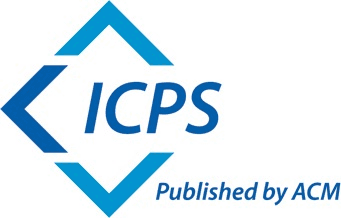Cybersecurity for Cyber-Physical Systems (CPS)
Background
ACSAC is renewing its focus on tackling hard, cutting-edge, cyber security problems requiring cooperation from government, industry and academia. A track of orchestrated sessions will include government and industry speakers to frame the problem, industry and academic speakers to discuss issues and challenges related to the problem, and academic speakers to introduce promising security research. We will also address failed attempts that provide useful lessons learned. The primary goal of this special track will be to foster discussion that can expose opportunities for further collaboration and highlight promising research directions.
For 2013, ACSAC has chosen Cybersecurity for Cyber-Physical Systems for its hard topic theme. From a safety perspective, such systems have undergone extensive study; their proliferation now motivates focused research from a security perspective.
Definition
For planning purposes, ACSAC has adopted the following definition from the U.S. National Science Foundation (NSF):
"Cyber-physical systems (CPS) are engineered systems that are built from and depend upon the synergy of computational and physical components. Emerging CPS will be coordinated, distributed, and connected, and must be robust and responsive. The CPS of tomorrow will need to far exceed the systems of today in capability, adaptability, resiliency, safety, security, and usability. Examples of the many CPS application areas include the smart electric grid, smart transportation, smart buildings, smart medical technologies, next-generation air traffic management, and advanced manufacturing. CPS will transform the way people interact with engineered systems, just as the Internet transformed the way people interact with information. However, these goals cannot be achieved without rigorous systems engineering."
The examples given by NSF should not be construed as a complete list of potential CPS. CPS encompass the broad spectrum of systems that interact with the physical world through sensor input and control of physical devices. This goes beyond infrastructure, medical, and manufacturing concerns to also include satellite control technology, automotive networks, and internal cybercontrol systems in advanced technology.
Contributing
ACSAC seeks submissions describing practical solutions to the cybersecurity challenges facing CPS. Submissions may represent any application area for CPS, and common examples are discussed in the definition above.
ACSAC welcomes submissions of technical papers, panels, workshops, posters, and works-in-progress as well as other "out-of-the-box" ideas. ACSAC also welcomes specific suggestions for invited speakers and presenters. See the Call for Submissions link to your left for specific instructions for each submission type. To be considered for this special track, submissions should prepend "CPS:" to their titles.






